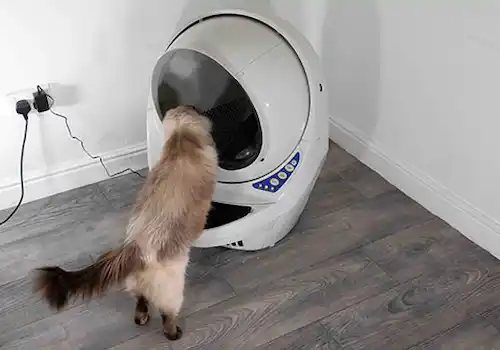Sponsored by The Insurance Emporium
Communication between cats is fascinating, complex and nuanced. For example, a cat’s world is much more about olfactory communication than ours, which is why they have a superior sense of smell compared to humans.
When you see your cat scratching, you’ll most likely think he’s simply doing it to maintain his claw health. But there is another important reason for this behaviour. The act of scratching also allows cats to mark their territory.
They have scent glands between their toes, and when they scratch a surface, a secretion is deposited, which has a scent unique to that cat. The scratched area then acts as a visual and olfactory signal to other cats in the home, telling them that the site has been claimed.
For this reason, having multiple scratchers in your home is essential to allow all cats to communicate with and leave their own messages for their feline housemates.
Each cat within your home will have its own unique communication style. Understanding and observing how they use this to communicate with other cats can help you better interpret and respond to their needs and emotions. You might learn which cats are bonded (a social group) and which aren’t.
Cats that don’t get on won’t want to share their resources. So, knowing how many feline social groups there are can help you determine how many of each type of cat resources you’ll need in your home to reduce competition. If you notice flashpoints for arguments (narrow landings and stairs are popular), try to think about ways your cats can move around each other on different levels, such as using a console table or other tall objects that can be used as a perch while the other cat moves away.
Be attentive to your cats’ body language to identify signs of stress, fear, or aggression. Puffed-up fur, hissing, growling, swatting, or flattened ears are signs of potential conflict. Separate the cats if tensions rise and give them space to calm down.
Respond to each cat’s individual needs for interaction. Spend quality time with those that want it, and for those cats that don’t, leave them to their own devices.







